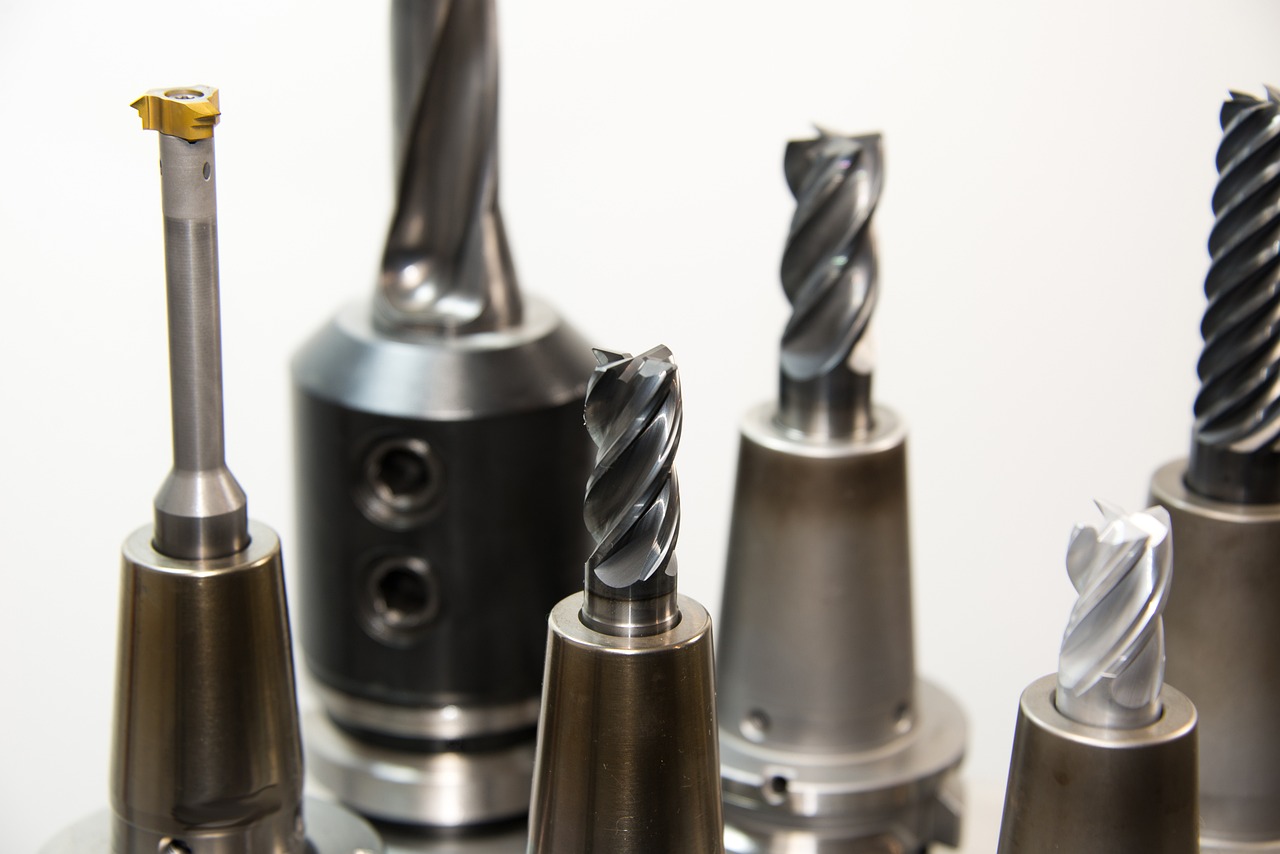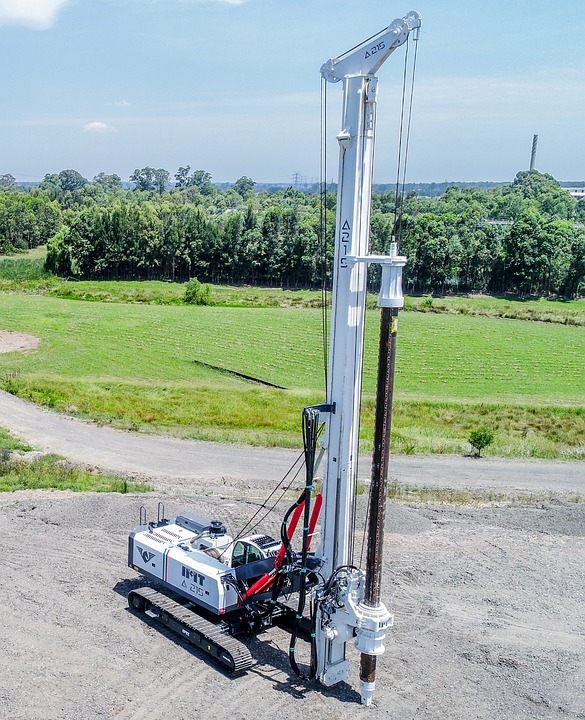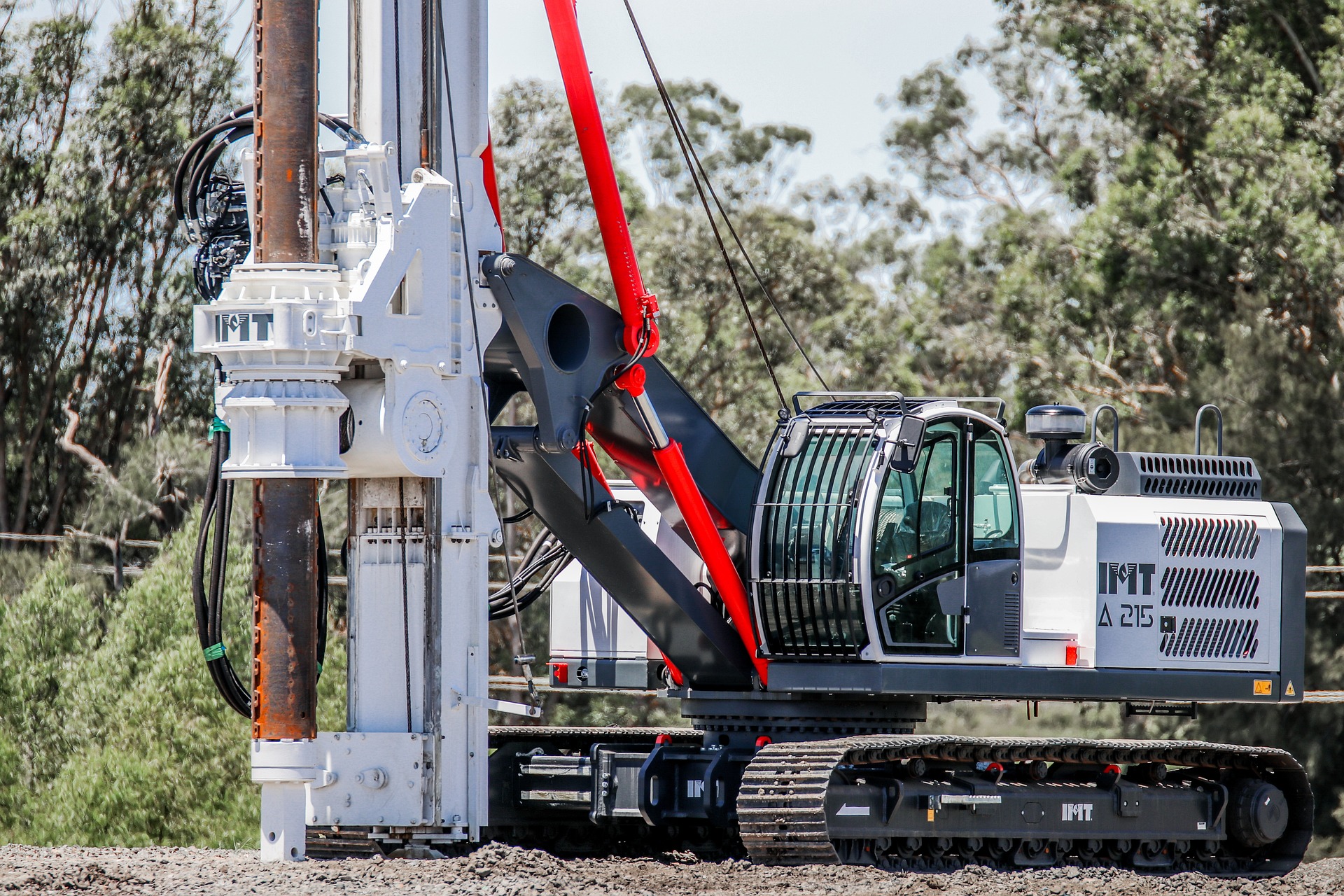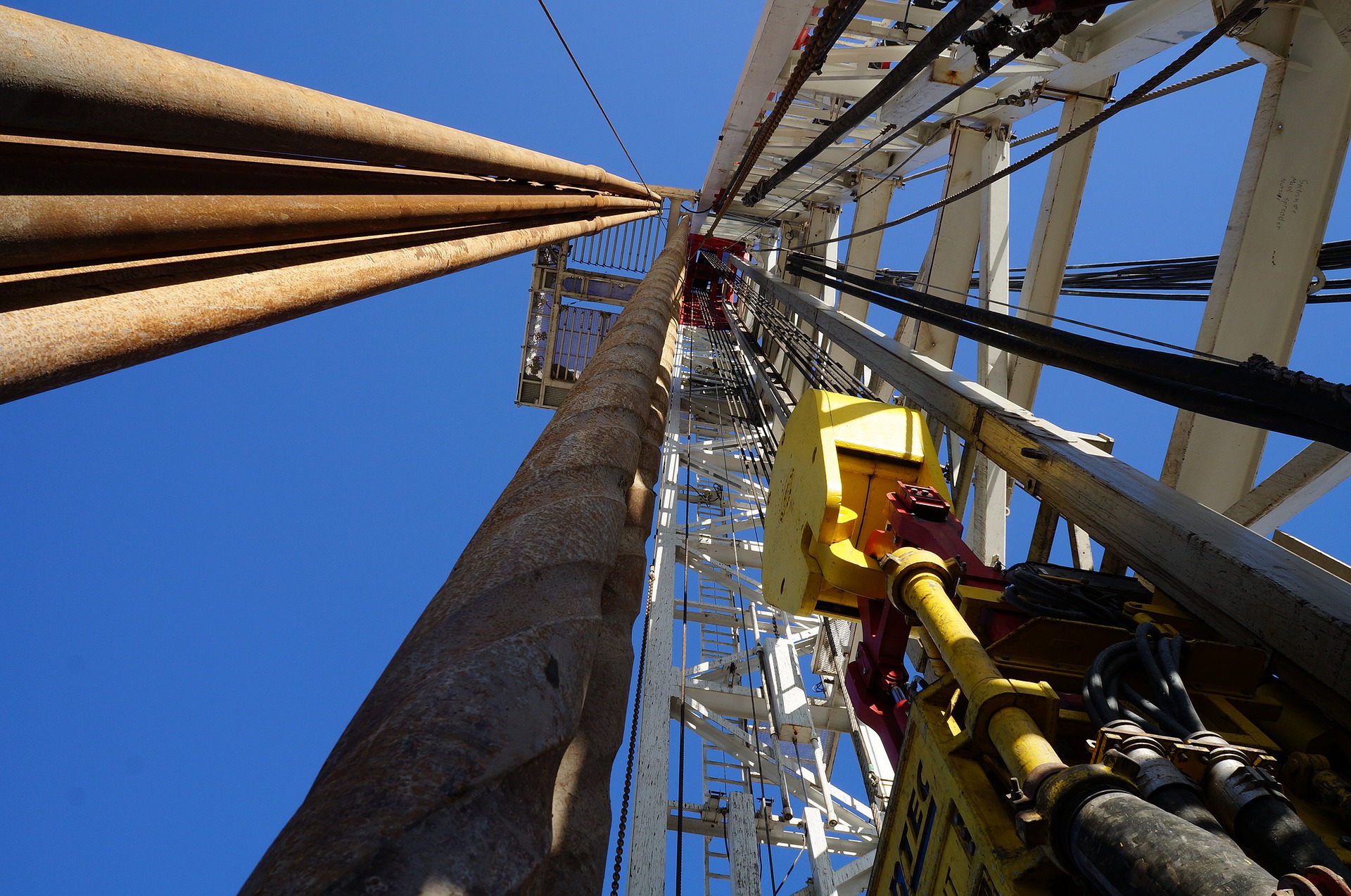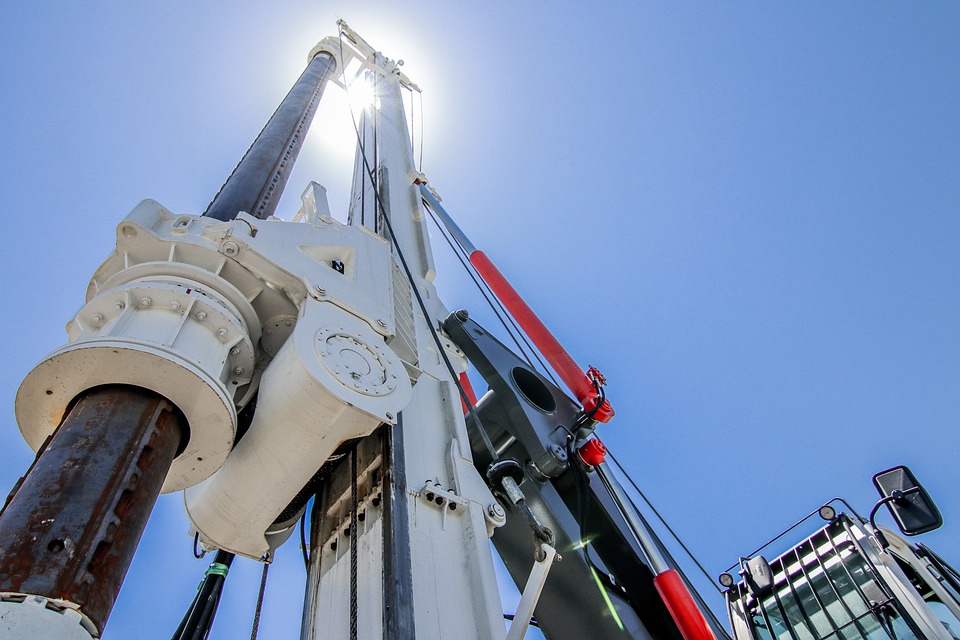Water bore drilling is drilling a hole in the ground to access water. It is often used in rural areas where no other water source is available. There are a few different methods of water bore drilling, but they all have one common goal: to get water from underground into a holding container or pipeline. In this article, we will discuss the different methods and the benefits and drawbacks of each one. We will also give you tips on choosing the proper method for your needs.
The Benefits
There are many benefits to water bore drilling, including Access to water in rural areas: One of the most common reasons for this type of drilling is to provide access to water in rural areas where no other water source is available. This can be a lifesaver for farmers and other rural residents who rely on water for their livelihoods. Lower cost: It can be a lower-cost option than other methods of accessing water, such as digging a well. Less impact on the environment: it has less impact on the environment than other methods of accessing water, such as damming a river.
The Drawbacks
There are some drawbacks to water bore drilling, as well. These include Potential for contamination: There is a potential for contamination of the water source if the borehole is not correctly sealed and maintained. This can be a health hazard for those who use the water. Can lower water table: it can lower the water table in an area, impacting the environment and local wildlife. Require permits: In some cases, tickets may be required in order to drill a water bore. This can add to the cost and time needed to complete the project.
The Different Methods
There are two main methods: rotary drilling and percussive drilling. Rotary drilling is the most common method and uses a rotating drill bit to bore into the ground. Percussive drilling is less common and uses a piston to hammer the drill bit into the ground. Each method has its own advantages and disadvantages. For rotary allows for a more efficient drilling process and can be used on a broader range of terrain and rock types. It is, however, more expensive than percussive drilling. Percussive drilling is less costly but is slower and can only be used in certain types of terrain.
To conclude, water bore drilling is a process of drilling into the ground to reach an aquifer or water-bearing layer. This water can then be used for various purposes, such as irrigation, drinking, or industry.

